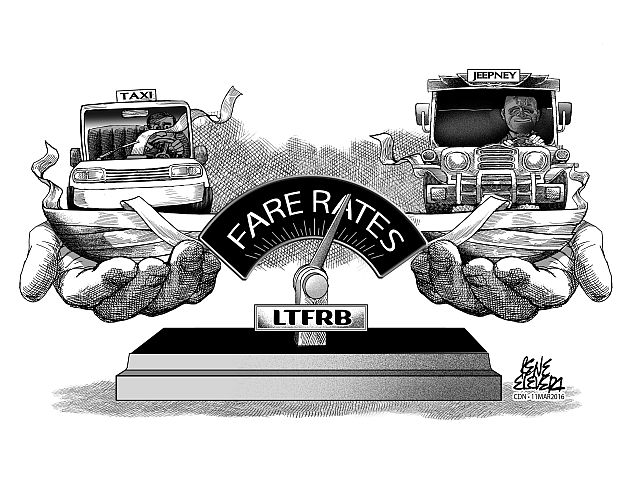
Based on its order, the flagdown rate had been cut down to P30 for regular and P60 for airport taxis. That’s been long in coming but wait, there’s more.
The good news is that regular taxi rate for succeeding kilometers has also been adjusted to P3.50 for every succeeding 500 meters after the first 500 meters, instead of the current 300 meters.
But that good news is negated by the P1 increase in waiting time rate which means the taxi can charge P3.50 per 120 seconds or two minutes instead of the old P2.625 for 90 seconds or one minute and 30 seconds.
Taxi passengers caught in traffic will end up paying more rather than less and owing to Metro Cebu’s current traffic congestion, travelling by taxi would be a more expensive proposition.
It’s precisely these uneven fare rates and deteriorating mass transport system that has driven—pun intended–more Filipinos to buy their own cars. More cars on the street means worse traffic or so the transport groups said.
And transport groups, rather than doing more to police their own ranks, have laid the onus of the blame for the worsening traffic experienced by the motorists, who simply want to exert their right to fast, safe and comfortable travel.
The increased waiting rate was a consolation, the LTFRB explained, to the taxi operators and drivers who’ve complained that they are losing money on the traffic congestion and will lose more if the current flagdown rate is reduced to P10.
The fare rate reduction came on the heels of the equally uneven P6.50 fare rate adjustment for passenger jeepneys that burdened the commuters with having to fish for 50 centavos to add to their P6 fare lest they still receive P3 as change from drivers who don’t want to be bothered with finding 50 centavos for their passengers.
The ongoing worldwide decline in fuel prices had all but necessitated a fare rate adjustment for taxis but as usual transport groups resisted by citing other costs like spare parts as excuses for opposing any fare decrease.
It would have been better if the old rate for succeeding kilometers as well as the waiting rate for taxis had been retained. The new taxi fare rates are comparable to those one peso and 50 centavos fare rate in which the burden of adjustment lies solely on the commuters. It would take sometime for commuters to realize if the fare rates are favorable to them or not.
If the new fare rate isn’t as favorable, don’t blame the public if more of them decide to buy cars than choose to ride public transportation.